Courses On Offer

Course description:
With instruction and practical training in line with legal, workplace and community considerations, Australian Resuscitation Council guidelines and other Australian national peak clinical bodies, this first aid course teaches the skills and knowledge to recognise emergencies and provide immediate and effective first aid treatment to any person suffering a sudden illness or injury.
The course covers assessing the casualty, providing safety, accessing emergency services, and using resources to provide first aid, such as providing CPR and using a defibrillator, administering an autoinjector for anaphylaxis, administering asthma medication, assisting someone choking, using appropriate immobilisation techniques for envenomation, fractures, dislocations, sprains and strains, managing casualties with non-life-threatening bleeding and shock.
You will learn basic anatomy, physiology and the differences between adults, children and infants relating to CPR, the importance of the chain of survival, written and verbal reporting of incident details, reviewing incidents to improve own skills and response times, to recognise psychological impacts, and seeking help as required.
Course Description:
Cardiac arrest is a medical emergency that can lead to death. With urgent medical care to restart the heart, survival is possible.
Quick decision making is required to recognise and assess a cardiac emergency, call for medical assistance and perform Cardiopulmonary Resuscitation (CPR) procedures which will increase the chance of survival for a person who is unconscious and not breathing normally.
In this CPR course, you will learn these skills, in line with the Australian Resuscitation Council guidelines, including using an automated external defibrillator (AED), how to rotate first aiders with minimal interruptions to compressions, and what to do if the casualty regurgitates or vomits.
The course also covers conveying accurate incident details when handing the casualty over to emergency services, how to review an incident, to recognise any psychological impacts on self and other rescuers, to seek help if required and for improvement of own personal skills and response times.
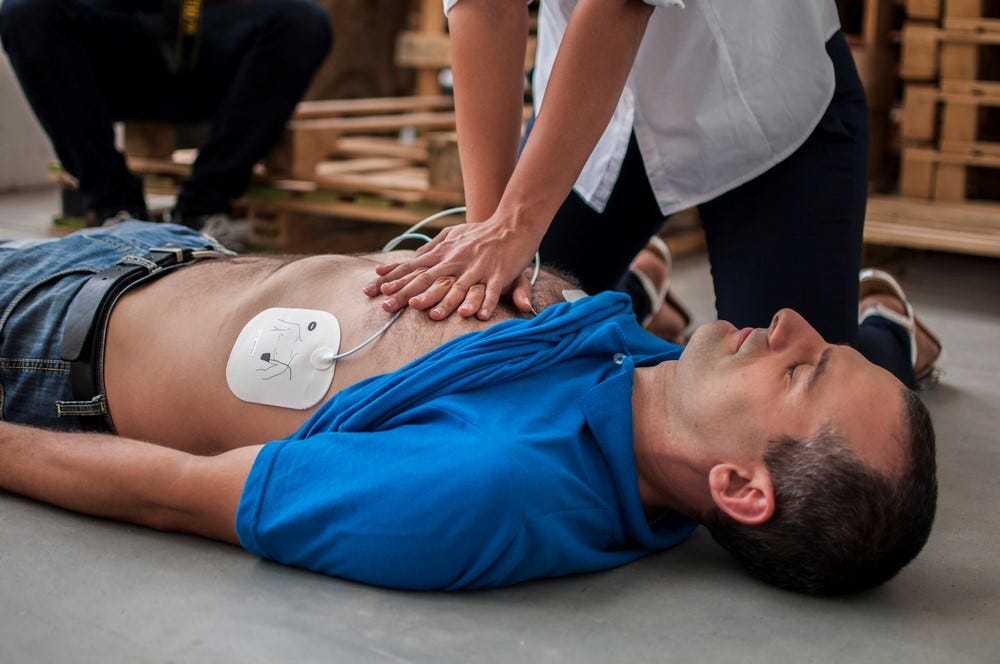
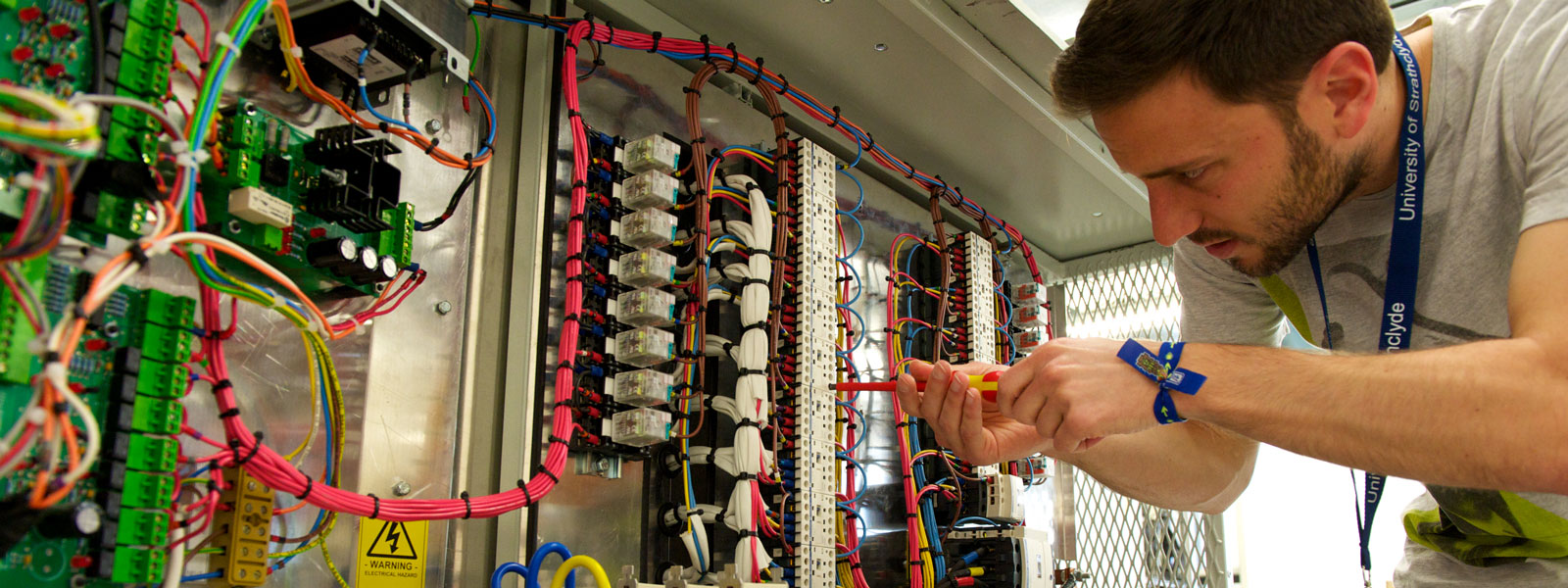
Course Description:
The CPR and LVR course is essential if you are conducting live work or working with live switchboards. The course covers the performance of rescue procedures from a live Low Voltage (LV) apparatus, not including overhead lines and underground cables in the workplace.
It specifies the mandatory requirements of rescue from a live LV panel and how they apply in the context of transmission, distribution or rail work functions. It encompasses responsibilities for, health, safety and risk management processes at all operative levels and adherence to safety practices as part of the normal way of doing work.
Completing the course will provide an individual with the skills and knowledge to carry out and complete the LV panel rescue procedures and to perform cardiopulmonary resuscitation (CPR) on a casualty in a range of situations. It consists of real-life practical skills and knowledge to allow the participant to be assessed as competent in providing CPR in line with Australian Resuscitation Council (ARC) Guidelines as well as rescue procedures from an LV apparatus.
Low voltage rescue comprises responsive operations that involve the saving of life, or prevention of injury during an incident or dangerous situation.
Course Description:
The First Aid and LVR course is essential if you are conducting live work or working with live switchboards. The course covers the performance of rescue procedures from a live Low Voltage (LV) apparatus, not including overhead lines and underground cables in the workplace.
It specifies the mandatory requirements of rescue from a live LV panel and how they apply in the context of transmission, distribution or rail work functions. It encompasses responsibilities for, health, safety and risk management processes at all operative levels and adherence to safety practices as part of the normal way of doing work.
Completing the course will provide an individual with the skills and knowledge to carry out and complete the LV panel rescue procedures and to perform first aid (including CPR) on a casualty in a range of situations. It consists of real-life practical skills and knowledge to allow the participant to be assessed as competent in providing CPR in line with Australian Resuscitation Council (ARC) Guidelines as well as rescue procedures from an LV apparatus.
Low voltage rescue comprises responsive operations that involve the saving of life, or prevention of injury during an incident or dangerous situation.
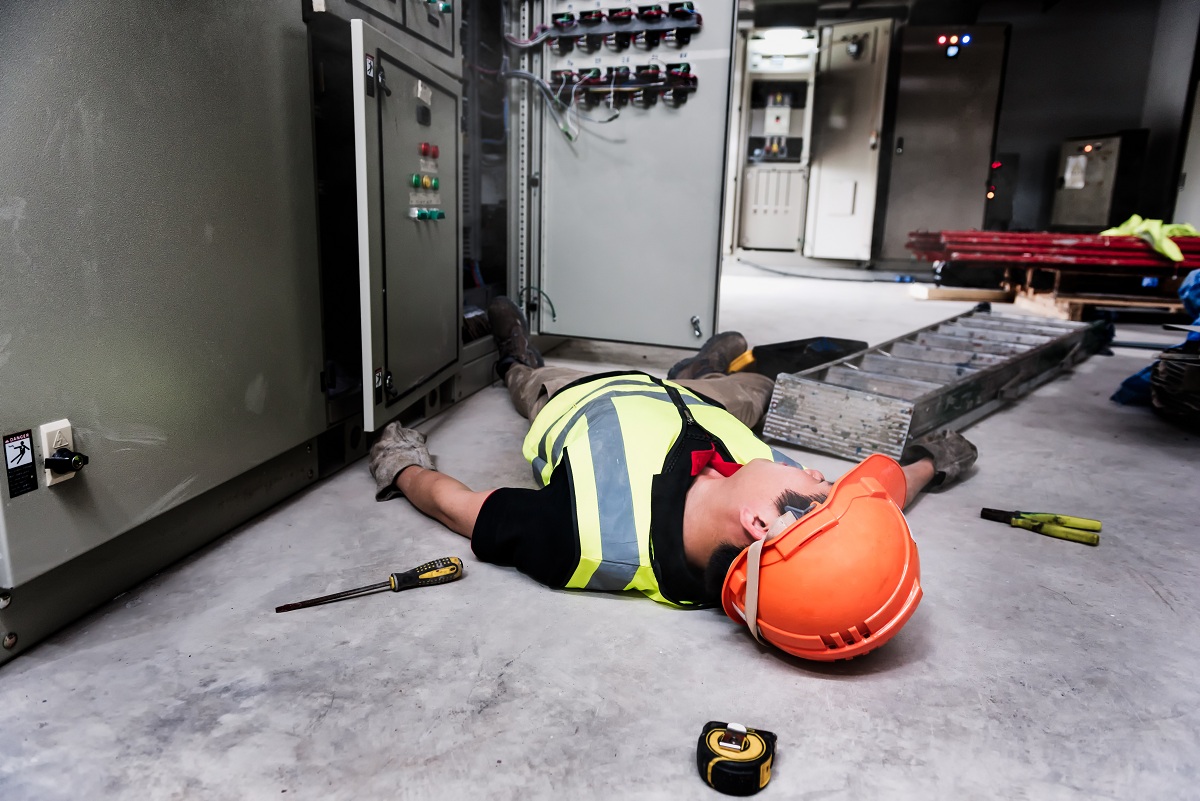
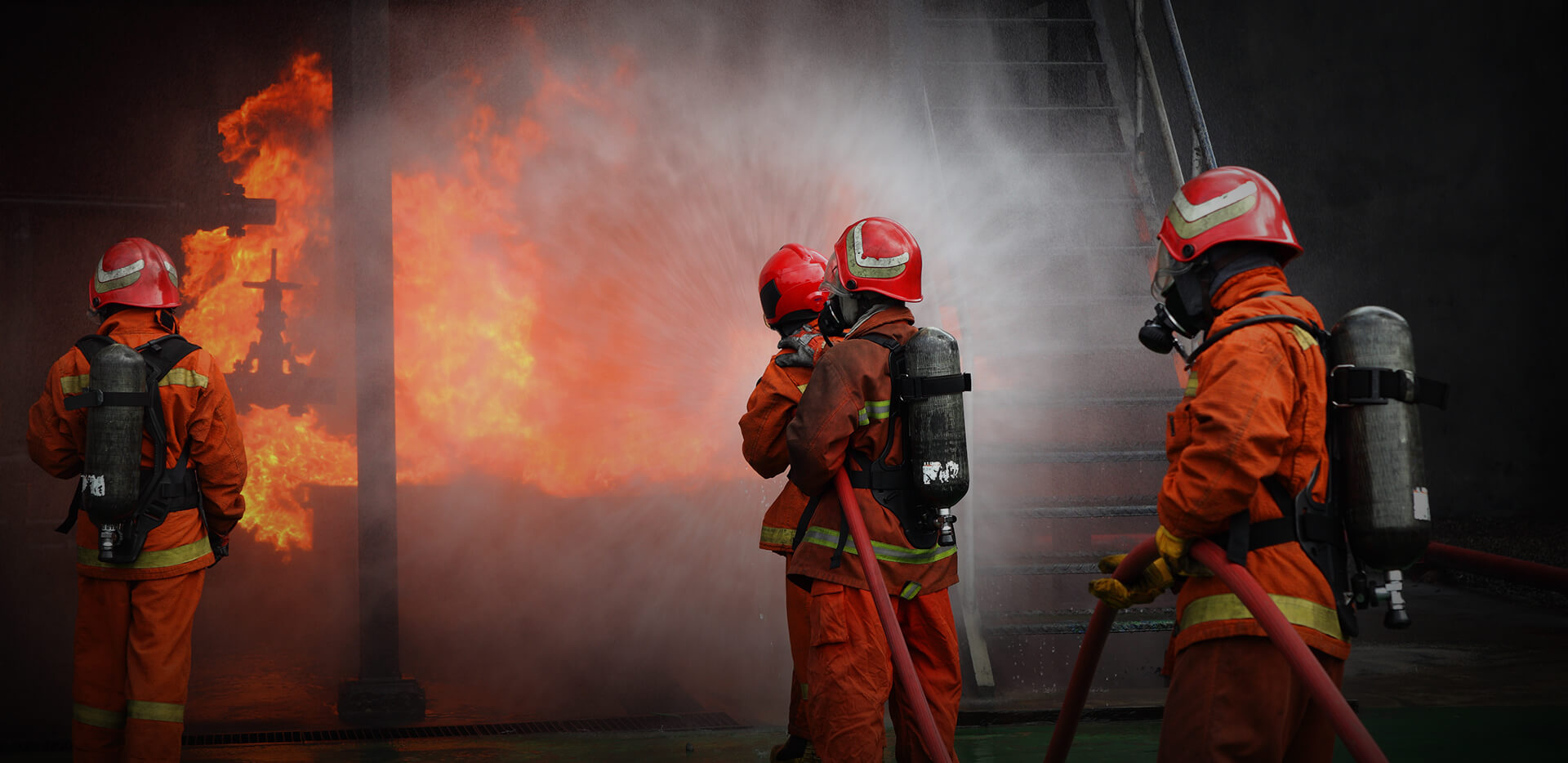
Course Description:
The course applies to individuals who may be required to have first attack firefighting skills in a range of situations, including community and workplace settings. It includes preparing for incidents such as small fires that can be controlled using a fire extinguisher, a fire blanket or a fire hose reel.
As we grow, our scope will grow, please stay in touch to stay current with the courses we have on offer.


Course description:
With instruction and practical training in line with legal, workplace and community considerations, Australian Resuscitation Council guidelines and other Australian national peak clinical bodies, this first aid course teaches the skills and knowledge to recognise emergencies and provide immediate and effective first aid treatment to any person suffering a sudden illness or injury.
The course covers assessing the casualty, providing safety, accessing emergency services, and using resources to provide first aid, such as providing CPR and using a defibrillator, administering an autoinjector for anaphylaxis, administering asthma medication, assisting someone choking, using appropriate immobilisation techniques for envenomation, fractures, dislocations, sprains and strains, managing casualties with non-life-threatening bleeding and shock.
You will learn basic anatomy, physiology and the differences between adults, children and infants relating to CPR, the importance of the chain of survival, written and verbal reporting of incident details, reviewing incidents to improve own skills and response times, to recognise psychological impacts, and seeking help as required.
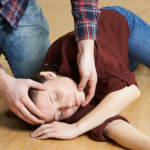
Course Description:
Cardiac arrest is a medical emergency that can lead to death. With urgent medical care to restart the heart, survival is possible.
Quick decision making is required to recognise and assess a cardiac emergency, call for medical assistance and perform Cardiopulmonary Resuscitation (CPR) procedures which will increase the chance of survival for a person who is unconscious and not breathing normally.
In this CPR course, you will learn these skills, in line with the Australian Resuscitation Council guidelines, including using an automated external defibrillator (AED), how to rotate first aiders with minimal interruptions to compressions, and what to do if the casualty regurgitates or vomits.
The course also covers conveying accurate incident details when handing the casualty over to emergency services, how to review an incident, to recognise any psychological impacts on self and other rescuers, to seek help if required and for improvement of own personal skills and response times.

Course description:
With instruction and practical training in line with legal, workplace and community considerations, Australian Resuscitation Council guidelines and other Australian national peak clinical bodies, this first aid course teaches the skills and knowledge to recognise emergencies and provide immediate and effective first aid treatment to any person suffering a sudden illness or injury.
The course covers assessing the casualty, providing safety, accessing emergency services, and using resources to provide first aid, such as providing CPR and using a defibrillator, administering an autoinjector for anaphylaxis, administering asthma medication, assisting someone choking, using appropriate immobilisation techniques for envenomation, fractures, dislocations, sprains and strains, managing casualties with non-life-threatening bleeding and shock.
You will learn basic anatomy, physiology and the differences between adults, children and infants relating to CPR, the importance of the chain of survival, written and verbal reporting of incident details, reviewing incidents to improve own skills and response times, to recognise psychological impacts, and seeking help as required.

Course Description:
The CPR and LVR course is essential if you are conducting live work or working with live switchboards. The course covers the performance of rescue procedures from a live Low Voltage (LV) apparatus, not including overhead lines and underground cables in the workplace.
It specifies the mandatory requirements of rescue from a live LV panel and how they apply in the context of transmission, distribution or rail work functions. It encompasses responsibilities for, health, safety and risk management processes at all operative levels and adherence to safety practices as part of the normal way of doing work.
Completing the course will provide an individual with the skills and knowledge to carry out and complete the LV panel rescue procedures and to perform cardiopulmonary resuscitation (CPR) on a casualty in a range of situations. It consists of real-life practical skills and knowledge to allow the participant to be assessed as competent in providing CPR in line with Australian Resuscitation Council (ARC) Guidelines as well as rescue procedures from an LV apparatus.
Low voltage rescue comprises responsive operations that involve the saving of life, or prevention of injury during an incident or dangerous situation.

Course Description:
The First Aid and LVR course is essential if you are conducting live work or working with live switchboards. The course covers the performance of rescue procedures from a live Low Voltage (LV) apparatus, not including overhead lines and underground cables in the workplace.
It specifies the mandatory requirements of rescue from a live LV panel and how they apply in the context of transmission, distribution or rail work functions. It encompasses responsibilities for, health, safety and risk management processes at all operative levels and adherence to safety practices as part of the normal way of doing work.
Completing the course will provide an individual with the skills and knowledge to carry out and complete the LV panel rescue procedures and to perform first aid (including CPR) on a casualty in a range of situations. It consists of real-life practical skills and knowledge to allow the participant to be assessed as competent in providing CPR in line with Australian Resuscitation Council (ARC) Guidelines as well as rescue procedures from an LV apparatus.
Low voltage rescue comprises responsive operations that involve the saving of life, or prevention of injury during an incident or dangerous situation.
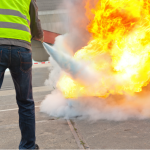
Course Description:
The course applies to individuals who may be required to have first attack firefighting skills in a range of situations, including community and workplace settings. It includes preparing for incidents such as small fires that can be controlled using a fire extinguisher, a fire blanket or a fire hose reel.

As we grow, our scope will grow, please stay in touch to stay current with the courses we have on offer.
Nationally recognised Training and assessment delivered on behalf of Allens Training Pty Ltd RTO 90909.

